
Maruti Grand Vitara Dominion Limited Edition Launched, It Helps You...
- Oct 8, 2024
- Views : 1114

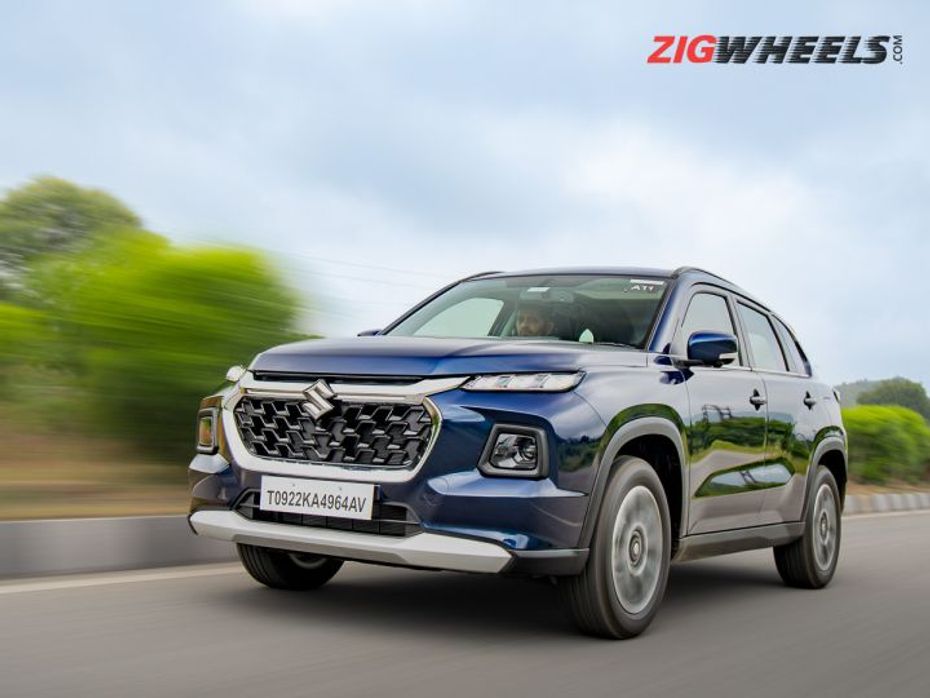
Who else misses diesel engines already? Although not kind to our planet, these frugal workhorses delivered good performance without burning a crater-sized hole in your pocket. But instead of lamenting the past, it’s time we move on to a cleaner alternative that the strong hybrids promise. Although not obvious, we know that hybrid powertrains are also being touted as a substitute for diesel engines.
The oil-burners are not coming back
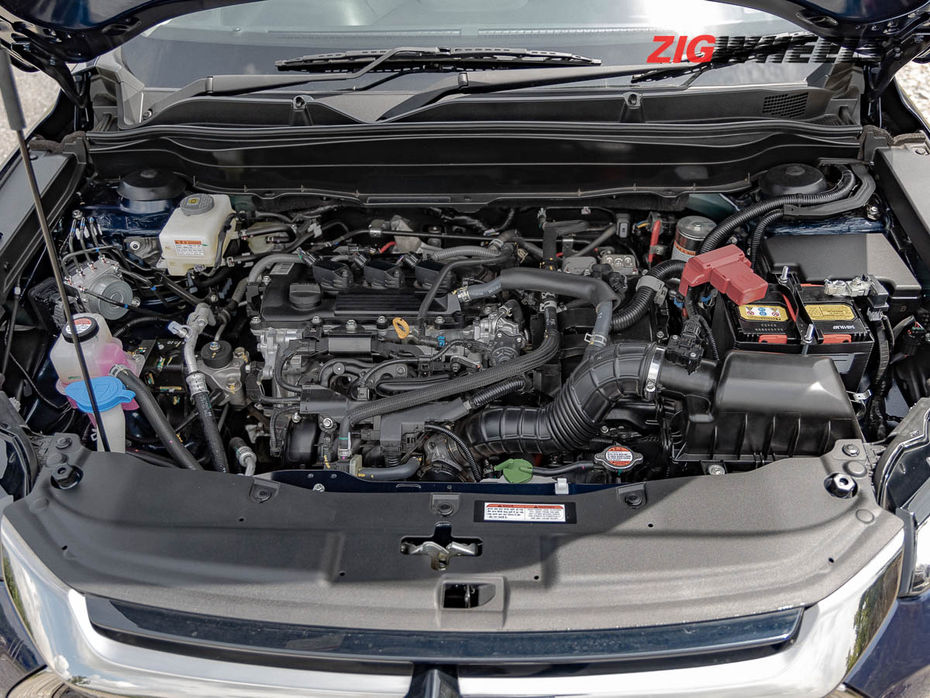
It has been a while since Maruti Suzuki has given up on oil-burners, and its latest, most hyped-about offering – the Grand Vitara – arrived guns blazing with not one but two hybrid powertrains: a mild and a strong option. Without beating around the bush, we would like to say it out loud – the Grand Vitara is a slow car.
15 seconds. That’s how long it takes for the Grand Vitara mild-hybrid to reach 100kmph from a standstill.
The strong hybrid version fares just a bit better, with a sprint time of 11.55 seconds; still not really quick by modern standards especially when you factor in the fact that it is a Rs 20 lakh car. If you recall, the Grand Vitara nameplate holds a rich legacy with the predecessors showcasing impressive performance. The Grand Vitara XL-7 and the third-generation Vitara we got in India were anything but slow. The former even got a 185PS V6 engine.
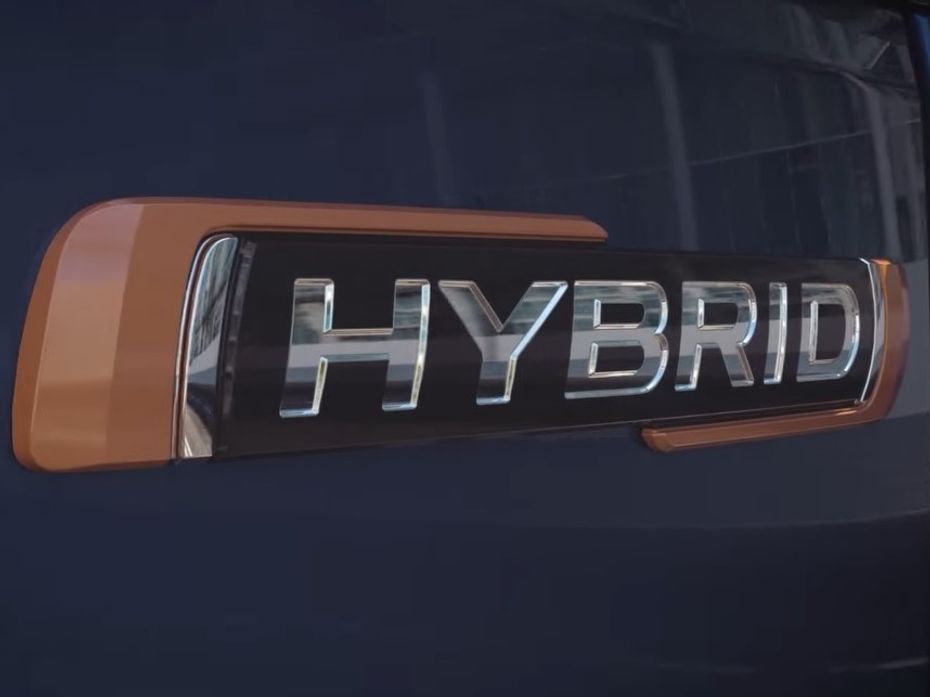
The Grand Vitara hybrid delivers absolutely amazing fuel economy and helps you eke out the maximum fuel efficiency. That makes it more or less the perfect car for a nation obsessed with fuel efficiency. The same obsession has quadrupled with the soaring fuel prices slowly eating into the middle-class’ savings. But with competition and its turbo arsenal, the Grand Vitara takes a back seat when it comes to performance. The Vitara mild hybrid gets a 1.5-litre four-cylinder petrol engine that develops 103PS/137Nm while the strong hybrid develops 116PS/ up to 141Nm (combined) from its 1.5-litre three-cylinder engine and electric motor.
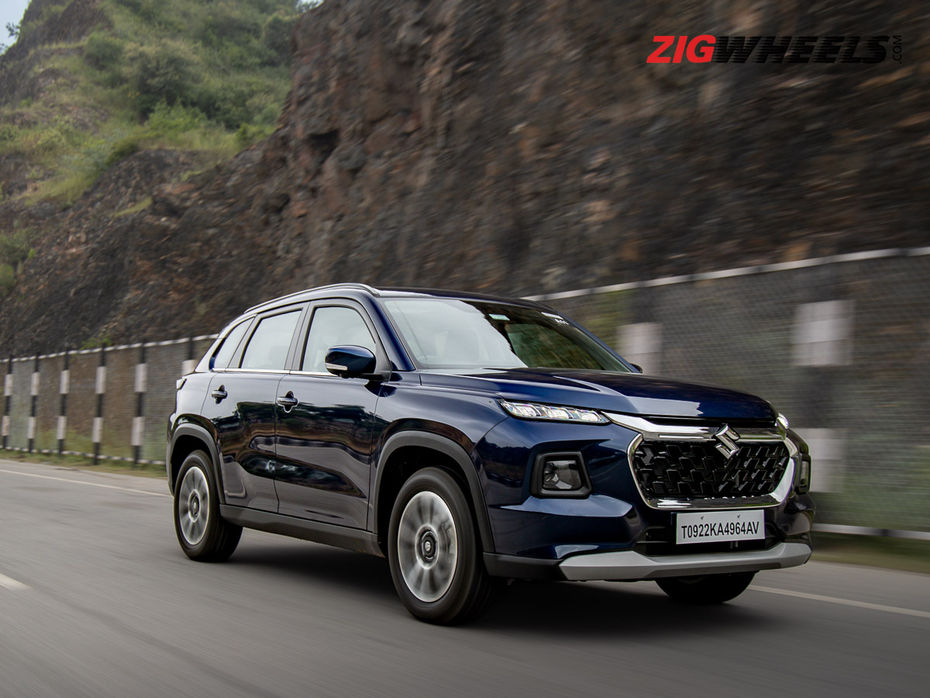
The Grand Vitara mild-hybrid’s yawn-inducing 15.13-second acceleration figure only conveys a part of the story, and where it actually suffers is driveability. There is little to no low-end grunt to pull off an overtake inside the city, let alone on a highway. The only way you get some momentum is by wringing its neck and this is something that’ll hinder its overall drive experience. And if you are a numbers person, then you should know that the mild hybrid only offers the performance of an entry-level Celerio, which is a bummer.
Also See: MG’s Entry Level EV Spotted Testing
The strong-hybrid, then, has a workaround to the driveability problem, thanks to the torque on offer from the electric motor. Regardless, the strong hybrid’s 0-100kmph time of 11.55 pales in comparison to the Honda City e:HEV (the only other strong-hybrid on offer) which manages the 0-100kmph sprint in 9.95 seconds, making the Grand Vitara look... yeah, slow.

To cut a long story short, things are not looking great for the Grand Vitara hybrid twins, especially with force-fed petrol rivals such as the Hyundai Creta and Kia Seltos capable of posting sub-10 second 100kmph sprint time (9.41 seconds and 9.51 seconds, respectively). The kick-down numbers also showcase a similar story, proving how much ahead the Creta and Seltos are than both variants of the Grand Vitara.
|
Zigwheels Test Figures |
Grand Vitara Mild Hybrid AT |
Grand Vitara Strong Hybrid AT |
Hyundai Creta 1.4 Turbo AT |
Maruti Suzuki Celerio |
|
0-100kmph |
15.13 seconds |
11.55 seconds |
9.41 seconds |
15.77 seconds |
|
Kickdown 20-80kmph |
8.48 seconds |
8.55 seconds |
5.55 seconds |
9.42 seconds |
The Grand Vitara desperately needs a powerful engine
It wouldn’t have bothered us so much if the new Grand Vitara was an okayish-handling SUV. But it is not. Forget being stable at high speeds, the Grand Vitara is actually good around corners, thanks to its sorted chassis and decent steering. And we just can’t stop thinking about the Grand Vitara with a BoosterJet engine, preferably the angry 1.4-litre mill – the same engine found under the hood of the fourth-generation Vitara sold overseas.
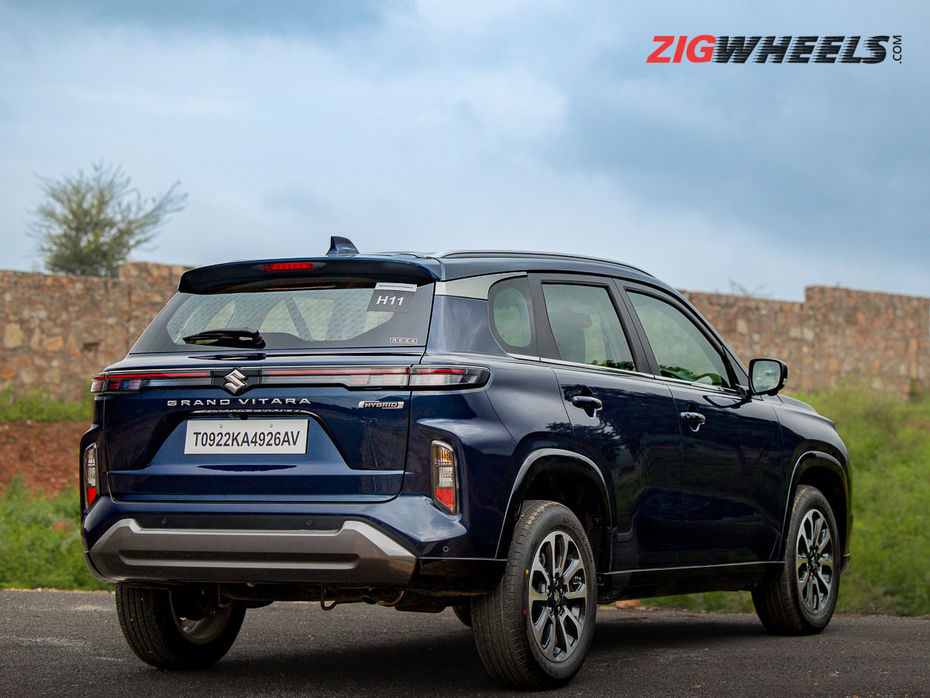
The 1.4-litre K14C mill is good for 140PS and 220Nm, and is a gem of a unit that also made its way into the riot we know as the Swift Sport. So is it too much to ask for the same in the Grand Vitara? Moreover, the strong-hybrid tech is expensive, so the BoosterJet engine should ideally not push the price of the SUV any further.
Also Read: Honda Prologue EV Comes From Concept Sketches To Reality
And with the Boosterjet added to the option pool, it will be a win-win for Maruti Suzuki, for us enthusiasts and even for those who prefer fuel economy. Hence, for around Rs 20 lakh, you can get a fuel-conscious, well-rounded SUV or a quick, fun-to-drive SUV that also happens to be well-rounded.
Moreover, the 1-litre BoosterJet first seen on the Baleno RS is set to return on the Baleno-based subcompact coupe-SUV in early 2023. So why not slap on some badges, tighten up the dampers, drop the 1.4-litre BoosterJet and bring in a Grand Vitara RS too?
Maruti Suzuki, we hope you’re listening!
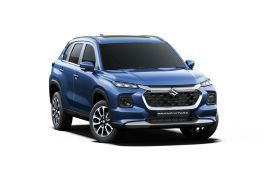

Maruti Grand Vitara Dominion Limited Edition Launched, It Helps You...

Maruti Suzuki Grand Vitara Hybrid: Best Of Both Worlds For Those...

Maruti Suzuki Grand Vitara Continues To Be In High Demand, Records...

10 Features Upcoming Tata Curvv Will Get Over Over The Maruti Suzuki...

Are Maruti Suzuki’s Strong Hybrid Powertrains The Best Engine...

Here’s The Quickest Hybrid Car We’ve Tested Under Rs 31...

Maruti Suzuki Announces ‘Rock N Road SUV Experiences’ -...

From City Streets To Off-road Wonders: How Maruti Suzuki’s SUV...

The Maruti Suzuki Grand Vitara Completes A Year And Has Achieved A...
 Toyota Urban Cruiser Hyryder
Toyota Urban Cruiser Hyryder
 Maruti Brezza
Maruti Brezza
 Kia Seltos
Kia Seltos
 Honda Elevate
Honda Elevate
 Maruti Baleno
Maruti Baleno
India's largest automotive community
 Here Are Some Adrenaline Pumping Experiences From Auto Expo 2025 That You Should Not Miss!
Here Are Some Adrenaline Pumping Experiences From Auto Expo 2025 That You Should Not Miss!
 All You Need To Know About The Surprise Element At Auto Expo 2025: BMW iX1 LWB
All You Need To Know About The Surprise Element At Auto Expo 2025: BMW iX1 LWB
 Hyundai Creta Electric Reaches Dealerships, Here’s A List Of Its Pros And Cons Before You Check It Out!
Hyundai Creta Electric Reaches Dealerships, Here’s A List Of Its Pros And Cons Before You Check It Out!
 MG Showcases A PHEV At Auto Expo 2025: The MG HS PHEV
MG Showcases A PHEV At Auto Expo 2025: The MG HS PHEV
 Maruti Dzire
Rs. 6.79 Lakh
Maruti Dzire
Rs. 6.79 Lakh
 Maruti Swift
Rs. 6.49 Lakh
Maruti Swift
Rs. 6.49 Lakh
 Maruti Ertiga
Rs. 8.69 Lakh
Maruti Ertiga
Rs. 8.69 Lakh
 Maruti Brezza
Rs. 8.34 Lakh
Maruti Brezza
Rs. 8.34 Lakh
 Maruti FRONX
Rs. 7.51 Lakh
Maruti FRONX
Rs. 7.51 Lakh
 Hyundai Creta
Rs. 11.10 Lakh
Hyundai Creta
Rs. 11.10 Lakh
 Tata Punch
Rs. 5.99 Lakh
Tata Punch
Rs. 5.99 Lakh
 Mahindra Thar ROXX
Rs. 12.99 Lakh
Mahindra Thar ROXX
Rs. 12.99 Lakh
 Tata Nexon
Rs. 7.99 Lakh
Tata Nexon
Rs. 7.99 Lakh
 Mahindra XUV700
Rs. 13.99 Lakh
Mahindra XUV700
Rs. 13.99 Lakh